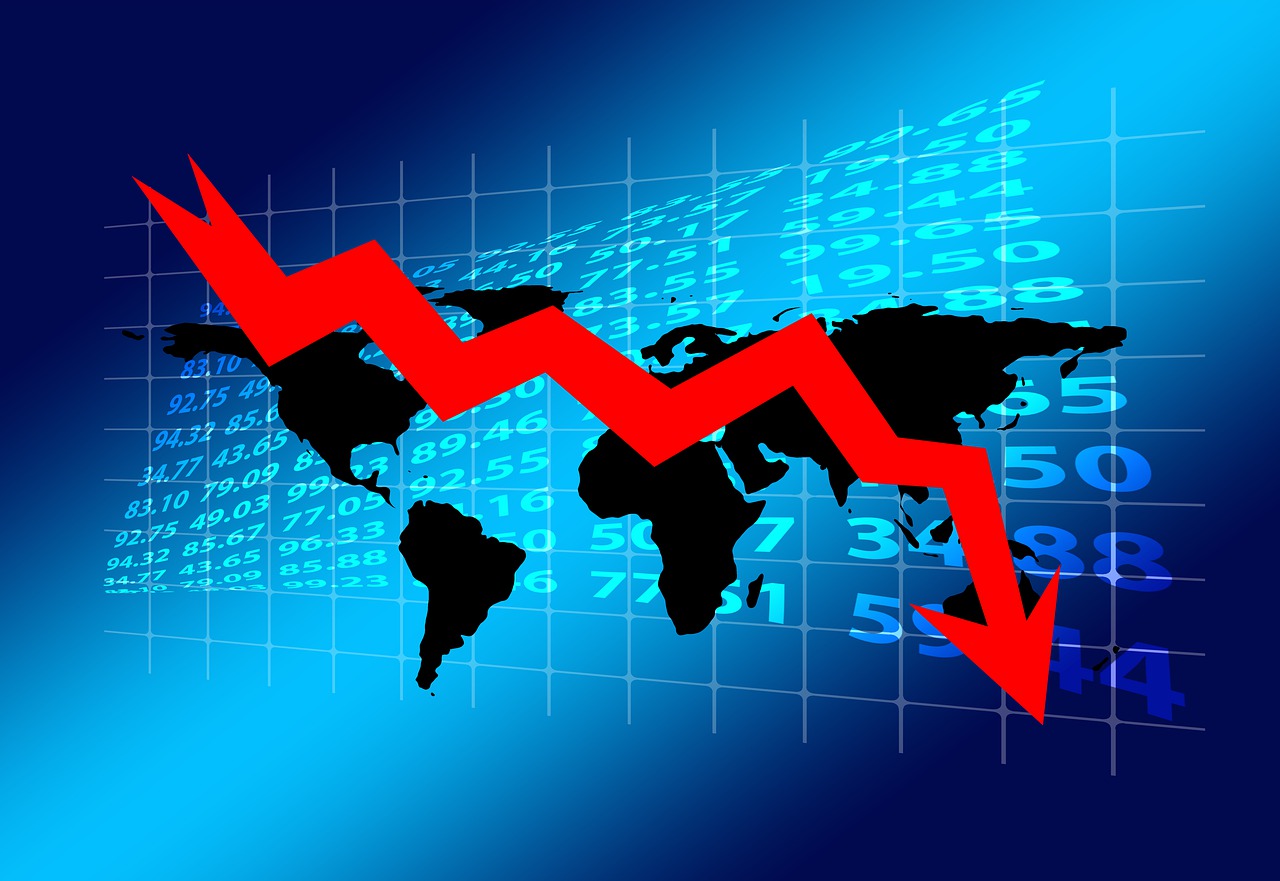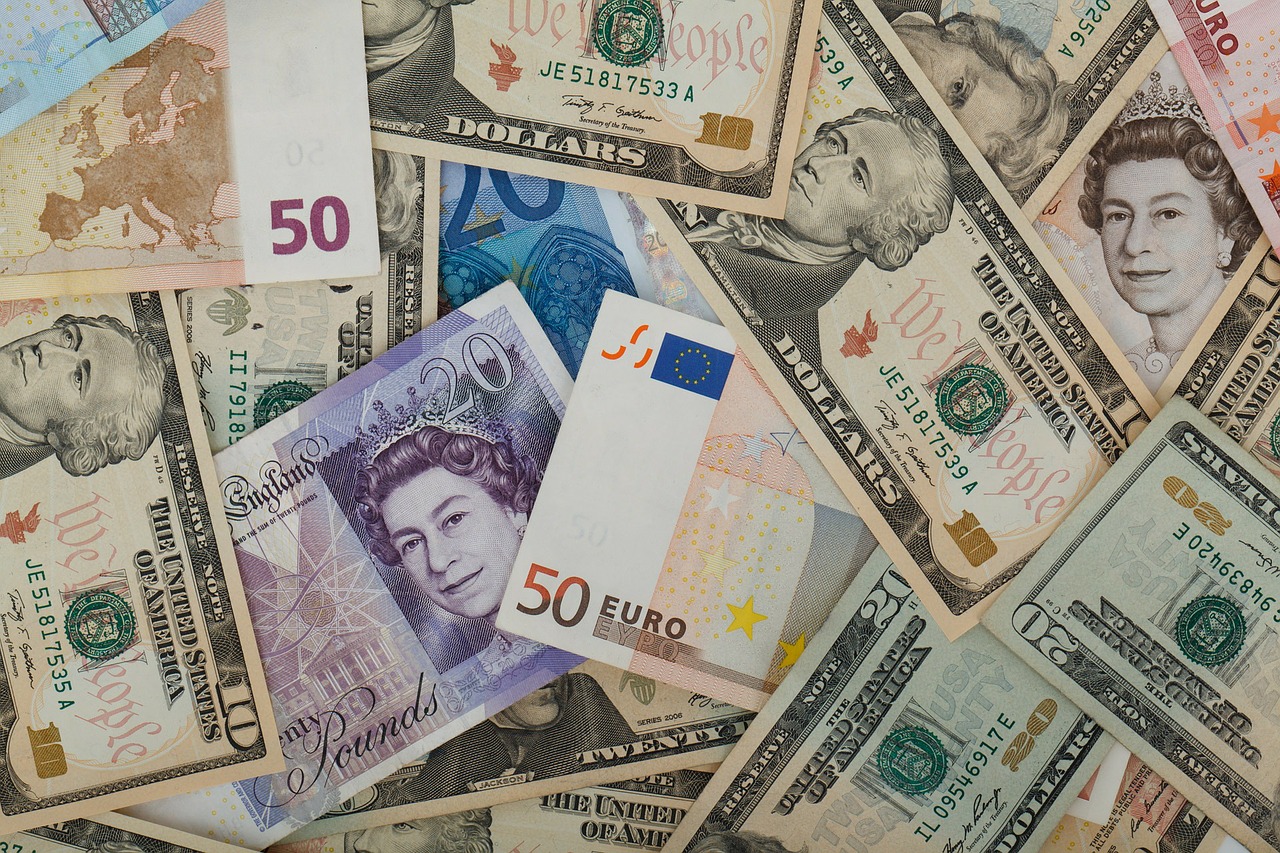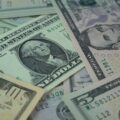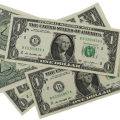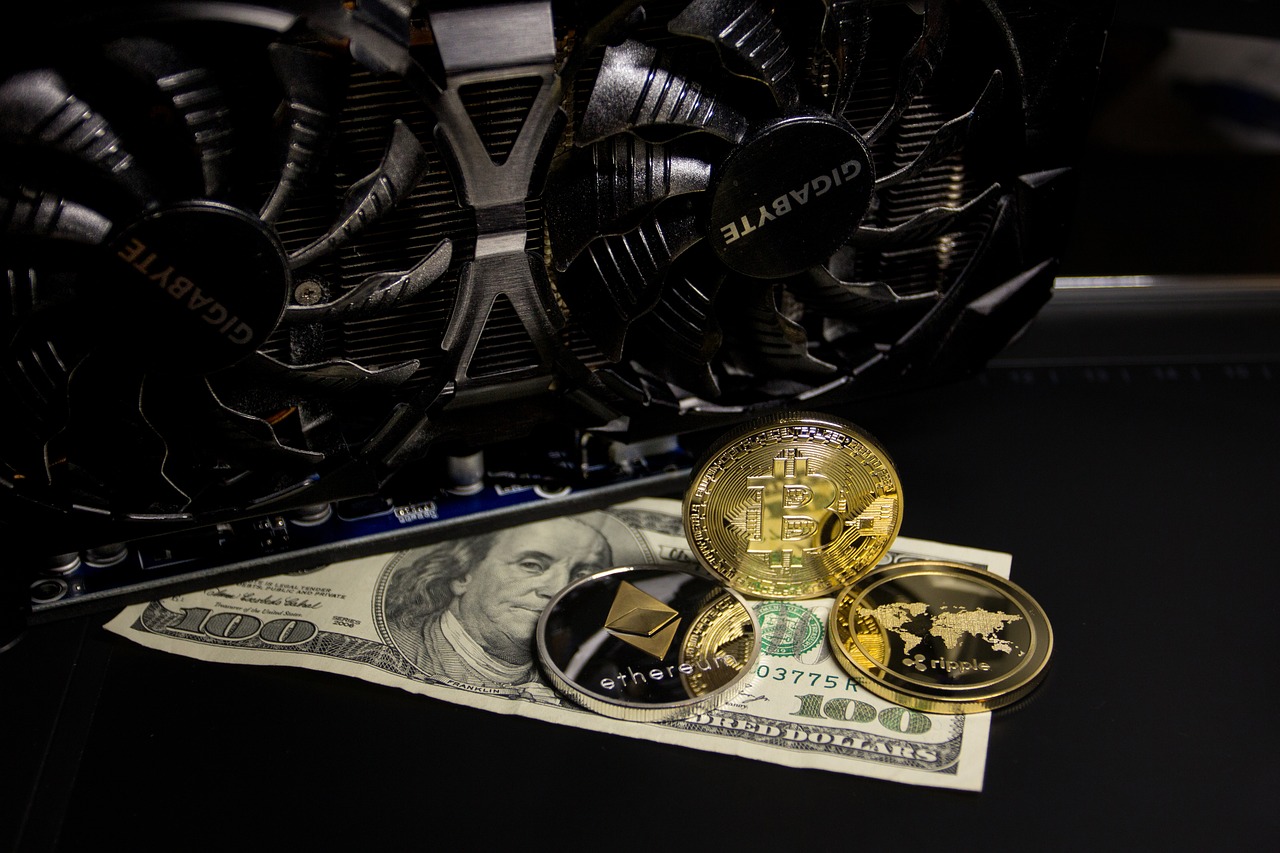Dollar Gives up Gains as Market Digests Inflation Data

The US dollar made gains early on Friday but gave them up as traders tidied their positions ahead of a holiday weekend and month-end after new economic data confirmed expectations regarding inflation in the US as well as recovery from the global COVID-19 pandemic. There was a 0.4% increase in the dollar index against other major currencies during the day, which marked a sharp rebound from the lows it plumbed on Tuesday of 4 and a half months. However, it didn’t take long for the greenback to fall flat for the day once more as well as the week at 89.99.
The little change did end the downtrend that had begun since March, which had eaten up around 3% of the value of the US dollar, as other major economies also began to catch up with the United States in vaccination rates. Likewise, some of the central banks in other countries also seemed more likely to make a move than the US Federal Reserve when it comes to increasing interest rates and moving away from easy monetary policies. On Friday afternoon, the euro was barely up by 0.05% to reach $1.22, as opposed to a four-month high it had reached earlier in the week at $1.2266.
As for the British pound, it was flat once again at $1.4199, as it continued its struggle to move beyond the $1.42 mark. Both Britain and the United States have public holidays on Monday. The big scheduled news for the week was the US economic data, but the stock and bond markets didn’t move much on its release in the morning. According to the data, consumer prices increased in April beyond the 2% annual rate target of the Federal Reserve. The inflation numbers were widely anticipated and were not expected to have any impact on the Federal Reserve’s policy.
The Fed has considered recent increases in price as adjustments due to the reopening of the economy. The monetary policy of the Fed on June 15th and 16th is the next big event for the market and it will provide clues about when there will be an increase in interest rates in the US. There could be projections by Fed officials of stronger economic growth. This would hint towards the central bank stopping its bond-buying plan and allowing long-term interest rates to increase. This would give the dollar the support it needs. Market experts said that the Fed was trying to prepare the market for this inevitability.
The Japanese yen is the major currency that’s most likely to lose against the US dollar and this is mostly because of the trouble Japan is facing in terms of pandemic recovery, as opposed to Britain and Europe. Early on Friday, the dollar had made gains against the yen and it reached a seven-week high before it eased to show little change. The dollar was trading at 109.77 yen after it had gone as high as 110.2. The COVID-19 pandemic has led to a fall in consumer prices in Japan, an increase in unemployment, and emergency restrictions are extended by the government in Tokyo.


